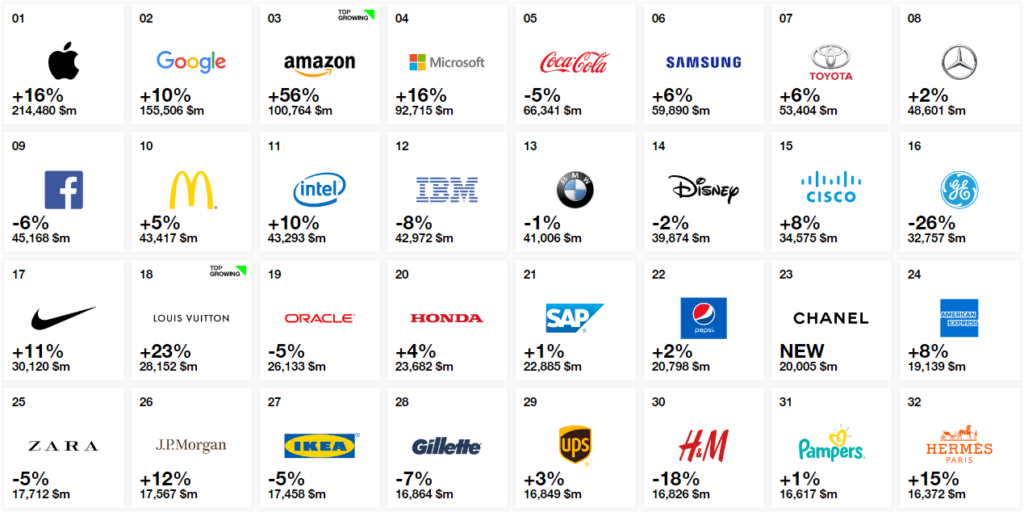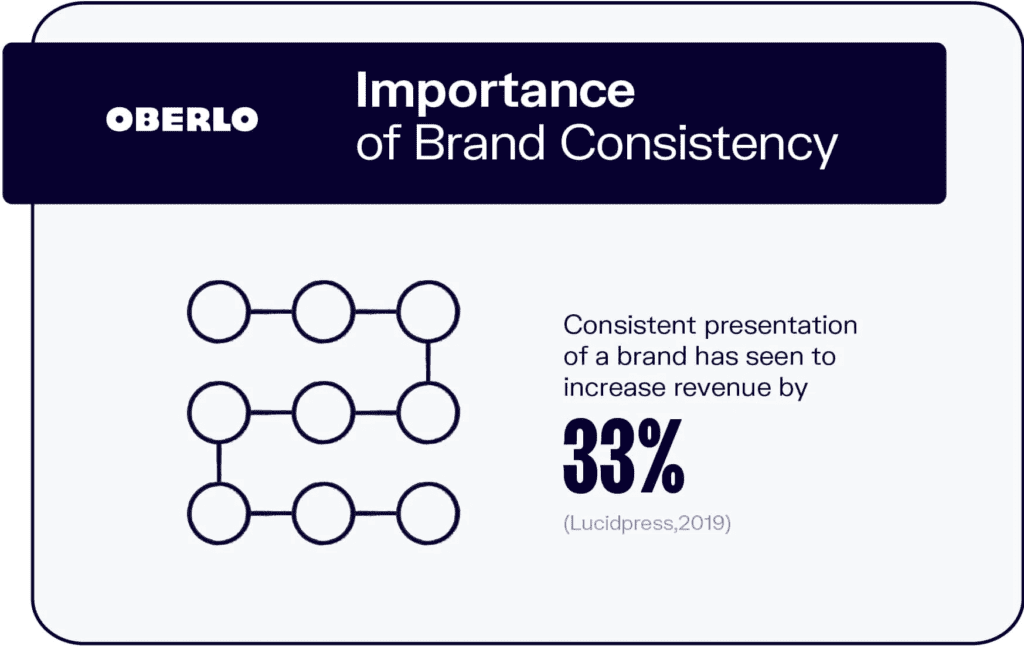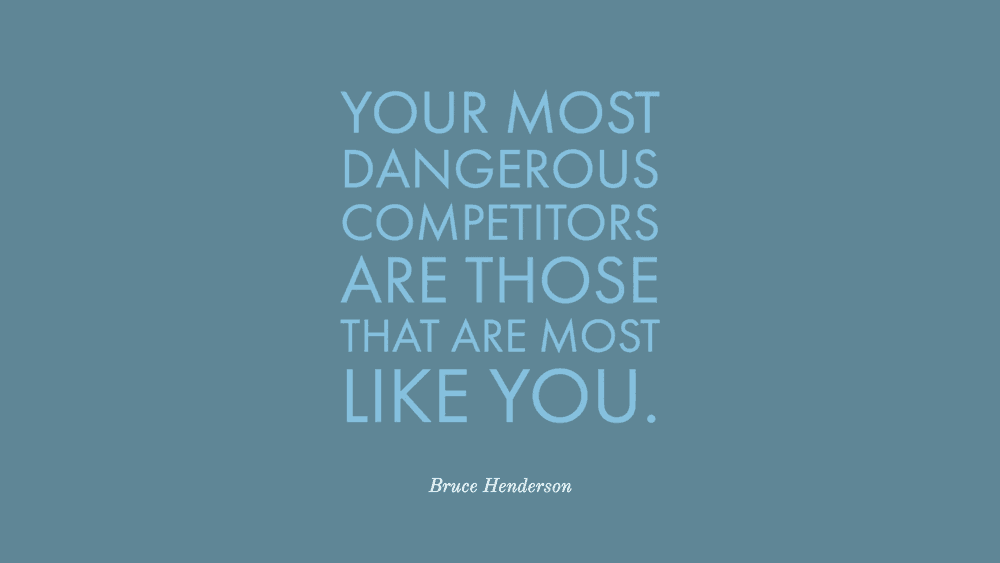Global Branding: 9 Top Tips for Going International
These days, you don’t need to be a corporate giant to go global.
With the rise of social media, eCommerce, automation and the numerous other technologies available at our fingertips, even the smallest businesses can – and do – successfully conduct business across their borders.
However, while you no longer need to worry about setting up a land-based store in another country, implementing a global branding strategy isn’t effortless.
Going international requires meticulous planning and is much more complex than simply expanding your shipping options and increasing your social media followers.
The secret to global success lies in your brand’s identity – specifically, the balance of your brand’s consistency with its authentic adaptation to different markets.
Sounds impossible? It doesn’t have to be. Going international with global branding might have its fair share of challenges, but it can also do incredible things for your business.
Table of Contents
What Are the Advantages of Global Branding?

Taking your business global can feel scary and unpredictable. However, the process will run much more smoothly if you already have a locally established brand.
This is because you are readily equipped with a core brand identity, solid brand values and an insight into the needs of your target audience, all of which will help streamline your global marketing and branding endeavours.
Global branding also:
- Increases your brand’s reach
- Establish yourself as a reputable brand
- Fosters positive global relationships
- Increases your ROI potential
- Uncovers new opportunities and possibilities for growth
What Are The Disadvantages of Global Branding?
Of course, before taking your brand global, you must be aware of some risks and obstacles.
Not every business is suited to the venture, whether because the brand is intricately rooted in local culture or because there is no market for its product.
Disadvantages of global branding include:
- Lack of suitable or existing markets across borders
- Substantial financial and reputational risk
- Lack of team unity and integration – (especially if there are significant language barriers or time zone differences)
- Different rules and regulations
How To Go International With a Global Branding Strategy
While there are unique challenges with global branding, it’s clear why so many businesses venture outside their geographical border.
The disadvantages above can be minimised with the proper research – for example, ensuring a market for your product before you take the plunge.
You are already well-positioned for success if you have a locally established brand identity, the willingness to conduct in-depth market research, and a dedicated team supporting you. Here are some best practices for starting a successful global branding strategy.
1 – Establish Brand Guidelines
To avoid discrepancies and retain brand consistency, you want everybody involved to have a clear and unified conceptualisation of your brand’s personality.
This is why establishing brand guidelines and distributing them to your teams is a crucial step in the process.
Create a set of easily accessible guidelines that clearly illustrate your visual and content style. In this document, establish your brand colour palettes, fonts, tone of voice, website themes, and landing page designs – any visual or textual element vital to your brand’s personality.
This will prevent decisions that don’t fit with your brand’s aesthetic.

2 – Be Aware of Translation and Cultural Differences
Before diving into a new market, you should always have your name and slogan reviewed by a professional translator. This will significantly reduce your chances of committing an embarrassing or offensive faux pas.
There are plenty of unfortunate examples of global branding translation blunders. Take Ford, for instance, who marketed their Pinto in Brazil only to discover that the term meant “tiny male genitals” in Brazilian Portuguese.
Or KFC, whose slogan “finger-lickin' good” was met with nervous confusion by Chinese consumers when the phrase was translated to “eat your fingers off.”
Nike, Coors, Ikea, Coca-Cola and many other big-name brands have similar translation horror stories. If it can happen to them, it can happen to anyone.
And that’s not all. You also must be vigilantly aware of cultural differences or regional standardisations that might not be glaringly obvious initially.
For example, in Africa, it is commonplace for all product labels to display a clear picture of what’s inside. In places like Ethiopia, many consumers can’t read and rely on the picture for clarification – something that Gerber wasn’t aware of when they put a picture of a cute baby on their product’s label.
For Gerber, this blunder resulted in a severe loss of sales and tarnished their brand’s reputation on the continent.
If you encounter translation or cultural obstacles while attempting to enter a new market, it’s always best to adapt accordingly.
Whether this means refreshing your logo, tweaking your slogan or redesigning your packaging, try to do so in a way that does not stray too far from your brand’s original identity.
3 – Maintain a Consistent Brand Identity
While some things about your brand may need to change to adapt to the market in a new country, maintaining brand consistency globally is essential for success.
For consumers, a brand that is easy to recognise is something you can trust. Maintaining consistency establishes your brand as authentic and professional, strengthening the familiarity and trust between your brand and customers.

Just take a look at global brand powerhouses like Starbucks and Coca-Cola. While they might have country-specific colour schemes and flavours, the core of their brand’s identity remains the same.
So, ensure you grasp the fundamental elements of your unique brand identity, including your visual style, vision statement and brand’s key message. Look at Trinetix – Global Digital Partner, to see how branding and UI design can work well together to create a cohesive customer experience on their website.
4 – Make Sure Your Data is Easily Accessible for Your Team
Data silos can cause severe problems regarding consistency. If a time-constrained team member on the other side of the world cannot access the media they need, it could create something that does not fit your brand’s aesthetic.
This is especially true if you haven’t implemented a solid internal communication system, SIP trunks and scheduling to account for different time zones.
Managing video content, brand images, and other media in a structured and centralised location will eliminate data silos and potential mistakes. This is easily achieved using cloud-based storage and software as they are accessible to everyone in your team regardless of physical location and timezone.
It is best practice to implement cloud migration – transferring your offline data to an online location – well before you plan to go international.
You must be familiar with navigating and communicating in a cloud-based environment because it is integral to the seamless execution of an international business strategy.
If you’re still wondering exactly what cloud migration is and why it’s essential for going global, it’s best to do thorough research and consider whether it is worth it.
5 – Optimise Your Brand Campaigns

Of course, with your goal being brand consistency, you want to create a universal branding campaign that aligns with your company’s core values and identity.
However, different strategies work better in different countries, so your universal campaign strategy should be flexible enough to allow country-specific customisation.
For example, you might prioritise social media marketing in one country and traditional advertising in another.
VoIP marketing might work splendidly in one location but fail in another country. Tailor your approach to suit specific climates, rules, and customer preferences while maintaining your brand’s overall message.
You can use business process management software to design, execute, monitor, and optimise this process.
6 – Understand and Establish Your Brand’s Position in the Market
No two countries’ markets are the same. Each market has unique competitors, regulations, cultural norms, and consumer types, which can affect your brand’s position in a new market.
Your product may perfectly address a gap in the market in one country while it is a cost-effective alternative to another brand’s product in another.
You might even find that your target audience changes completely.
Undertake extensive competitor analysis and in-depth market research to establish where your brand fits in the local market. You can identify your USP and any potential changes in your target audience.
Before entering a new market, it’s always a good idea to take a step back and evaluate your product's suitability.

7 – Create Local Partnerships
There’s much to gain from pursuing a collaborative strategy with other businesses, especially if you’re a new business in town.
Local businesses understand the nuances of your new market, from fine-print regulations to obscure cultural faux pas.
Establishing connections will help with the adjustment process as you learn how to navigate your new market and build the trust of your new customers.
Whether you partner with suppliers, local events, influencers or small partner brands, always ensure your partner shares your brand's core values. The last thing you want is your integrity tainted due to an unsuitable partnership.
8 – Remain Agile and Customer-Focused
So, we’ve established that maintaining brand consistency is essential – but delivering an exceptional brand experience to your customers is even more so.
Therefore, you must also communicate your brand to appeal to your new target audience and address their unique challenges.

As a “foreign” brand, you don’t want it to seem like you’re entering the market just because you can. You want to show purpose and genuinely believe your product benefits your new customers.
By balancing consistency with the demands of the new market, you can establish your brand’s authenticity while simultaneously meeting your customer’s needs.
9 – Use the Right Tools to Maximise Global Success
The tools you implement into your business model significantly impact the success of your global branding strategy.
Your marketing campaigns, internal communication strategies and customer service delivery methods will undergo various transformations as you scale and adapt to new markets.
These processes must run smoothly and seamlessly to prevent missed opportunities, marketing errors, and internal and external miscommunication.
As well as your branding tools, it would help if you also looked to invest in the following:
- Automation and metric-tracking tools
- Split-testing software
- Translation tools
- International call forwarding services and SIP trunks
- Internal communication tools
- Social media management tools for scheduling and batch-creation
Also, remember to transition to the cloud and utilise virtual private clouds over public clouds for maximum agility, security and customer experience satisfaction.
If you’re scratching your head and wondering, ‘What is a private cloud?’, research your options.
Are You Ready to Go International With Global Branding?
Entering a new market is somewhat like starting at a new school. It’s nerve-wracking and exciting, brimming with glorious possibility but undercut with deep apprehension as you venture into uncharted territory.
Fortunately, the growth of the internet has made it entirely possible for businesses of any size to flourish outside their country’s borders and enjoy global success.
Take considerable time to research every new, targeted market. Ensure you understand all the nuances of the country and its customers – from cultural habits and expectations to legal regulations and requirements.
Stay true to your brand’s identity and balance consistency with adaptability, tailoring your brand to meet customer demands in a way that still aligns with your values and mission statement.
And most importantly, remember to check your translations twice.
Author Bio: Marjorie Hajim is the SEO Manager for EMEA at RingCentral, a leading cloud-based integrated technology company that provides VoIP and video conferencing services. She develops and executes strategies for short-term and long-term SEO growth. She loves reading books at coffee shops and playing with her dogs in her spare time.
